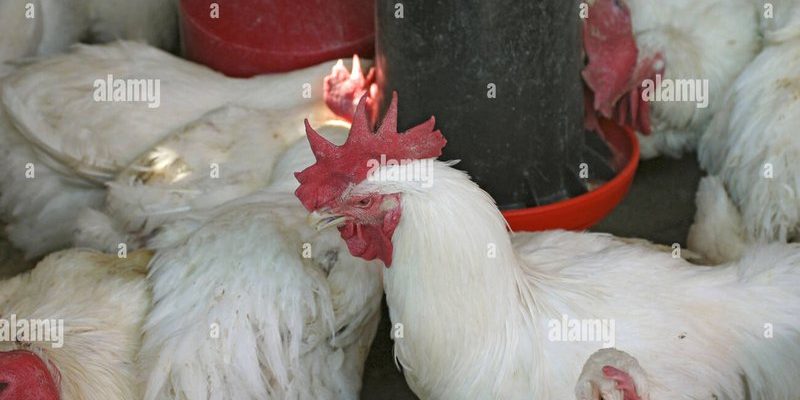
Imagine being able to observe and study these creatures up close, understanding their behaviors and habitats without having to dive into the deep sea. That’s the draw of keeping Sabellid fan worms in captivity. So, let’s dive into this topic together—what are these worms, how do they thrive, and what does it take to study or farm them effectively?
What Are Sabellid Fan Worms?
Sabellid fan worms are marine annelids, which is just a fancy way of saying they are segmented worms found mostly in marine environments. They are known for their beautiful, branched fan structures that extend from their bodies. These fans help them catch food particles and are a striking feature in any marine setting.
These worms can be found in many oceans and seas around the world, usually sticking to rocky surfaces or sandy substrates. They create a protective tube made of sand grains and mucus, which serves as their home. Picture them as tiny architects building intricate towers—each worm constructs its tube uniquely, making each one a bit different.
In the wild, Sabellid fan worms play a crucial role in their ecosystem. They help filter the water, consuming tiny food particles like plankton. This isn’t just beneficial for them; it also improves water quality for other marine life. Essentially, they’re nature’s clean-up crew.
Why Keep Sabellid Fan Worms in Captivity?
Keeping Sabellid fan worms in captivity offers a chance to study their behavior and biology in detail. It’s like having a front-row seat to a show you can’t watch from the shore. By observing them closely, researchers can learn about their feeding habits, reproduction, and responses to environmental changes.
Studying these worms in a controlled setting helps scientists understand their roles in marine ecosystems better. Plus, it opens up avenues for conservation efforts. As ocean environments change, knowing how these creatures adapt can inform efforts to protect them and their habitats.
Another aspect is education. Schools and aquariums can use captive Sabellid fan worms to teach people about marine biology in a hands-on way. Seeing these worms up close can inspire future generations to care about the ocean and its inhabitants.
Can Sabellid Fan Worms Be Farmed?
The idea of farming Sabellid fan worms is intriguing but complex. Farming typically involves creating an environment that mimics their natural habitat while providing food and proper conditions for growth. The challenge lies in replicating specific water conditions—the right temperature, salinity, and flow rates.
If farming were successful, it could provide a sustainable source of these worms for research and aquarium trade. However, it would require significant investment in technology and knowledge about their life cycles. So far, most attempts at farming have been small-scale and experimental.
For successful farming, there are several factors to consider:
- Water Quality: Maintaining ideal parameters is crucial.
- Feeding: These worms need a consistent supply of plankton or similar particles.
- Space: They require enough space to thrive without overcrowding.
While the dream of farming Sabellid fan worms is still a work in progress, it’s definitely worth exploring.
Challenges of Keeping Sabellid Fan Worms
Keeping Sabellid fan worms in captivity isn’t as simple as plucking them from the ocean and dropping them in a tank. They have specific care requirements that need careful attention. For starters, these worms are sensitive to their water conditions. Small changes in temperature or salinity can affect their health.
Another challenge is feeding them. In the wild, Sabellid fan worms filter-feed on tiny plankton, which can be tricky to replicate in a home aquarium. You’d need a reliable source of food that mimics their natural diet, and that might mean buying special food or raising your own plankton.
There’s also the risk of introducing disease or pests into a tank. Maintaining a clean and stable environment is critical—not just for the worms, but for the entire ecosystem in the tank.
Steps to Keep Sabellid Fan Worms in Captivity
If you’re considering keeping Sabellid fan worms, here’s a basic outline of what you need to do:
1. Set Up the Tank: Start with a properly cycled aquarium. The water should match their natural habitat: stable at a temperature of about 20-25°C (68-77°F) and salinity around 30-35 ppt.
2. Create a Suitable Environment: Include sand or substrate for them to build their tubes. They need places to anchor themselves just like they would in the wild.
3. Maintain Water Quality: Regularly check for ammonia, nitrate, and pH levels. Consider using a reef-quality filtration system to keep the water clean and clear.
4. Provide Food: Offer them a variety of plankton or finely crushed food suitable for filter feeders, ensuring they’re getting what they need to thrive.
5. Monitor Health: Keep an eye on your worms for any signs of stress or illness, such as unusual behavior or changes in their feeding patterns.
By following these steps, you can create a thriving environment for your Sabellid fan worms.
Future of Sabellid Fan Worm Research
The future of researching Sabellid fan worms looks promising. As scientists learn more about their biology, we may uncover new insights into marine ecosystems. These worms could serve as indicators of ocean health, helping researchers track changes in the environment.
Moreover, the advancements in aquarium technology may make it easier to keep and study these fascinating creatures. As more people get interested in marine life, the potential for conservation efforts to flourish increases, too.
In the end, the balance between studying Sabellid fan worms in captivity and their natural environments is important. It ensures that we can enjoy their beauty while also respecting their place in the ocean.
In summary, while keeping Sabellid fan worms in captivity poses challenges, it opens the door to exciting research opportunities and greater appreciation for these remarkable creatures. If you’re considering this venture, be prepared for a unique journey into the world of marine life!

